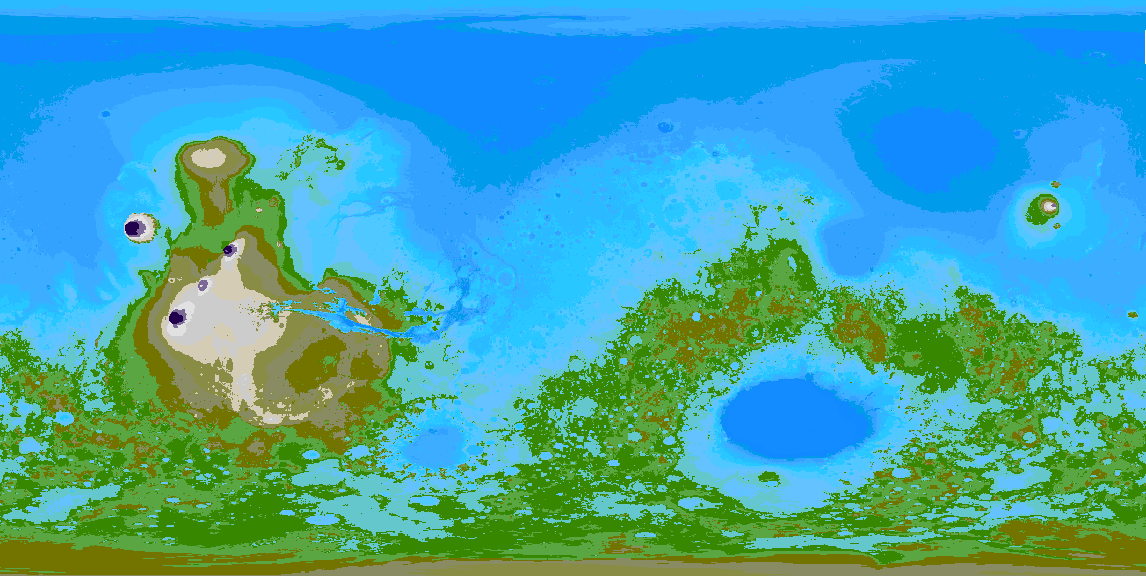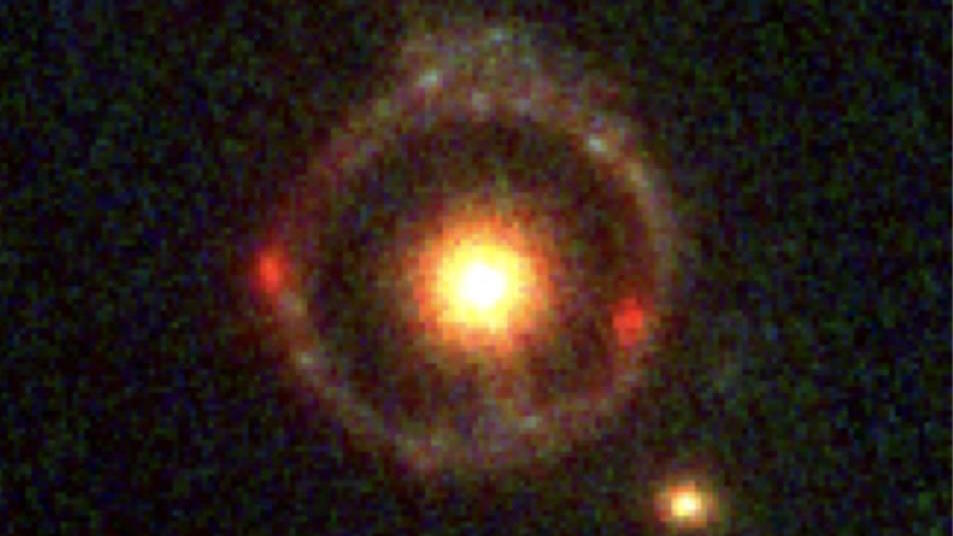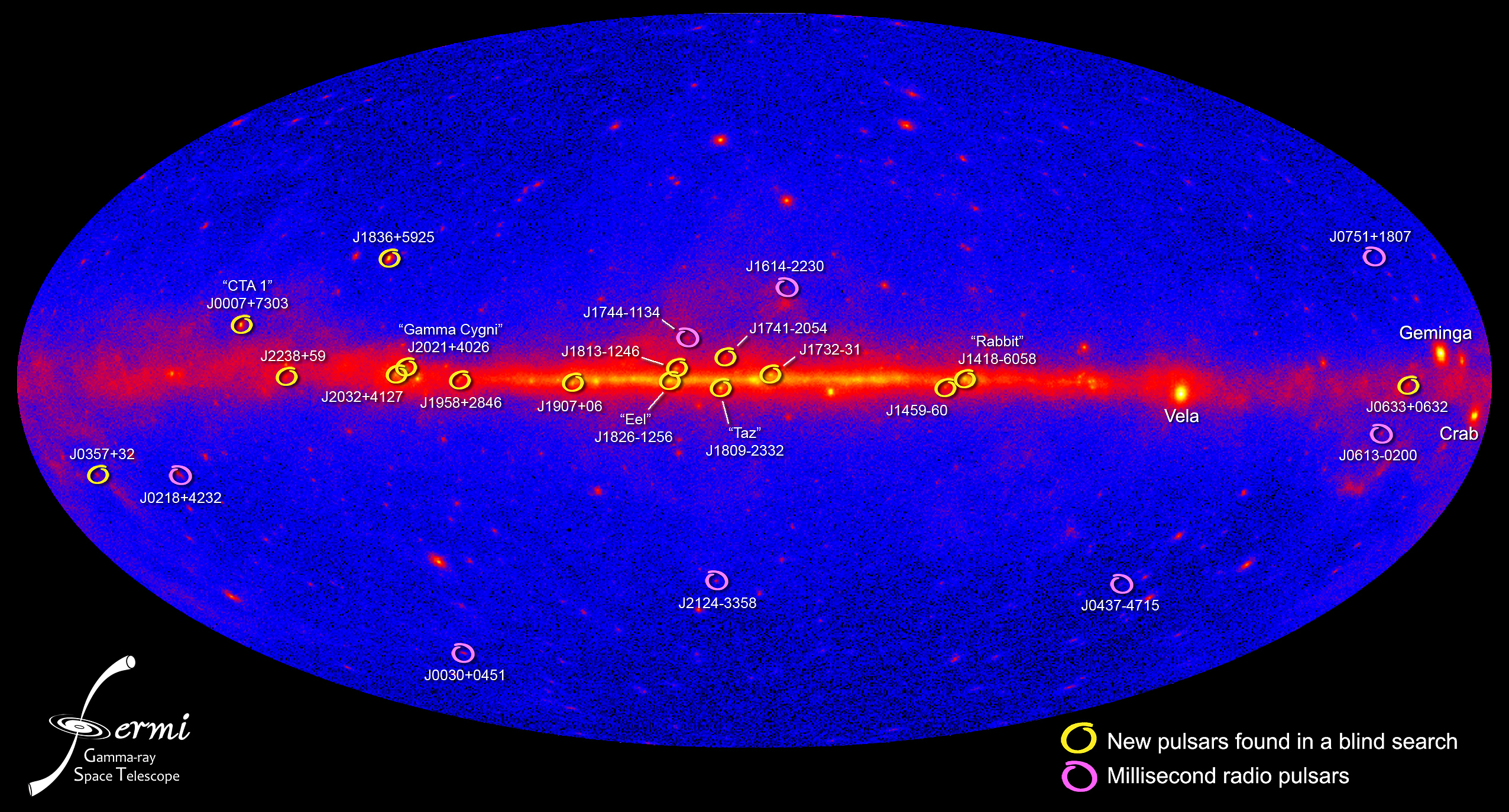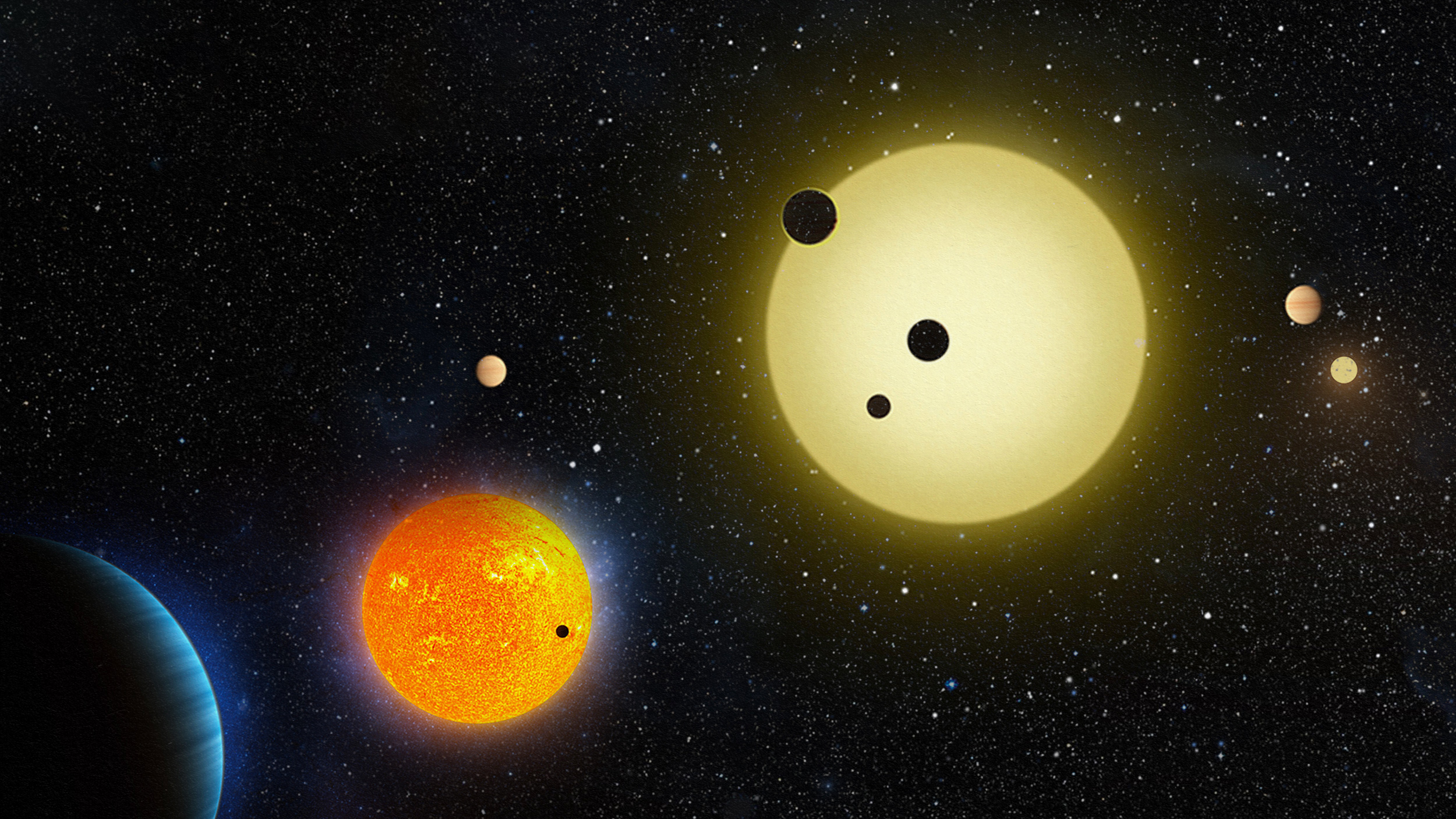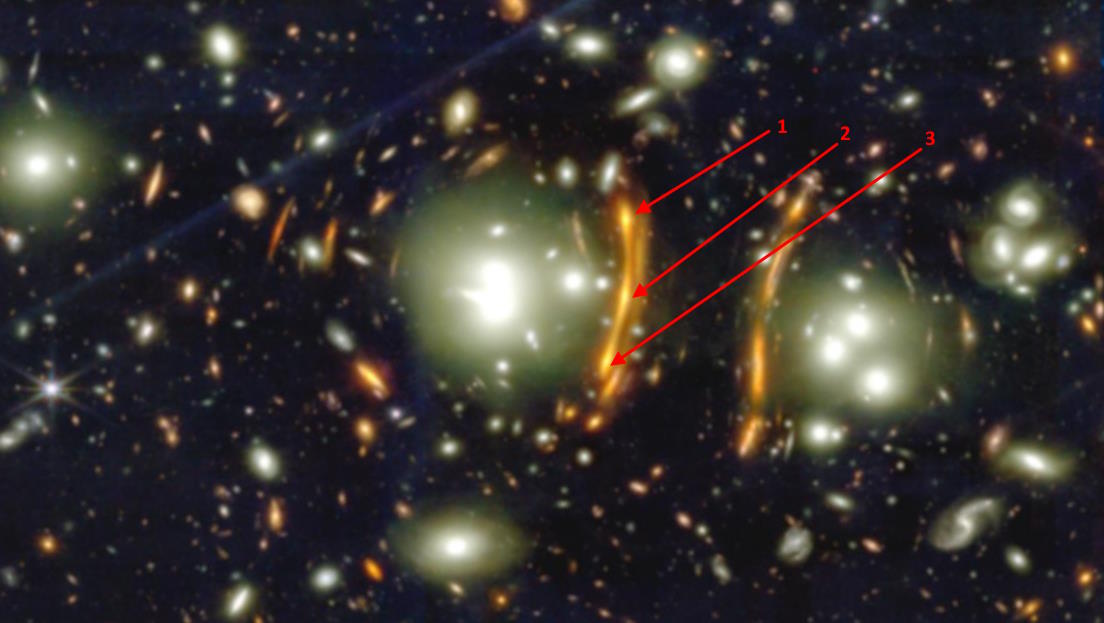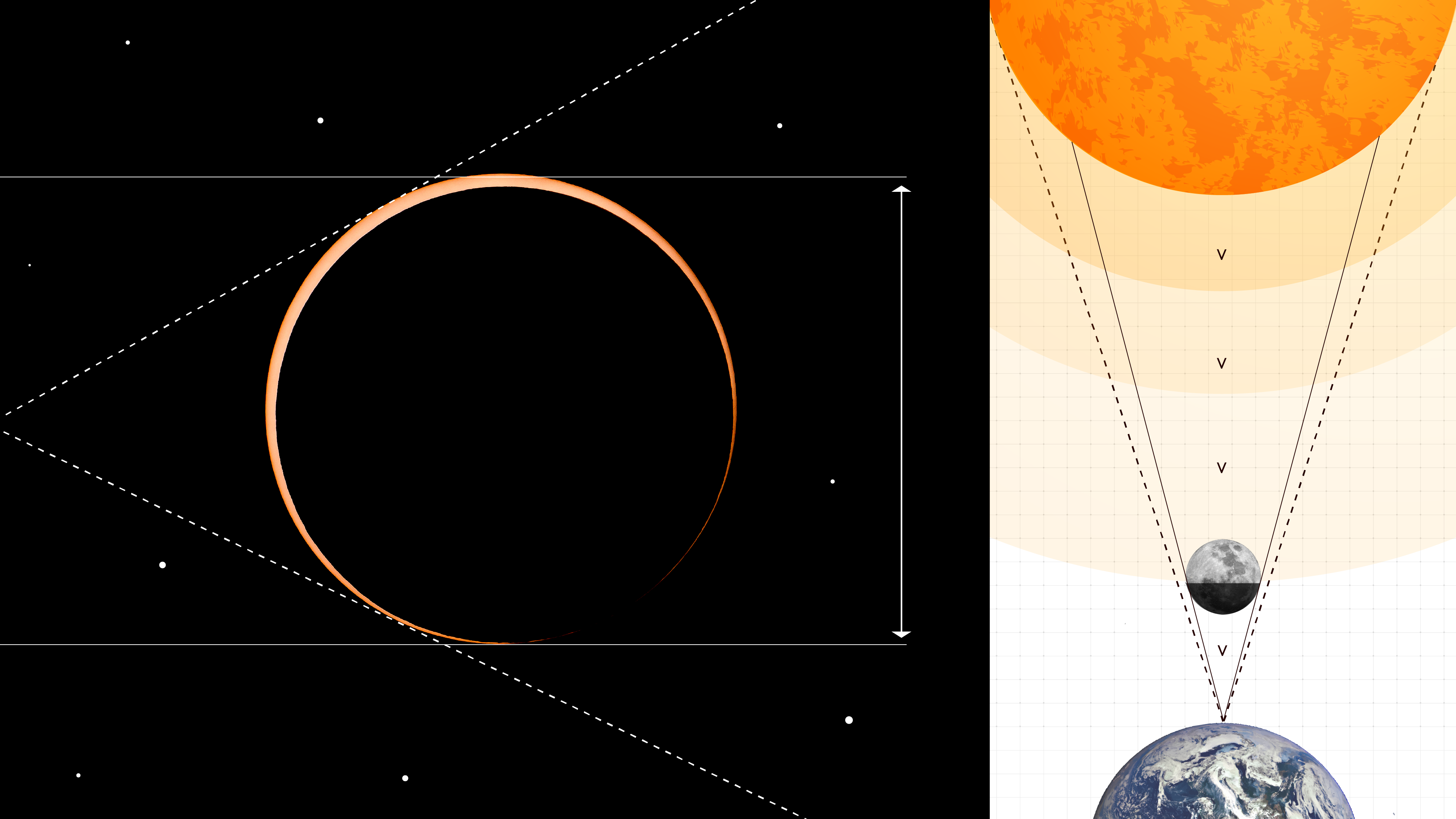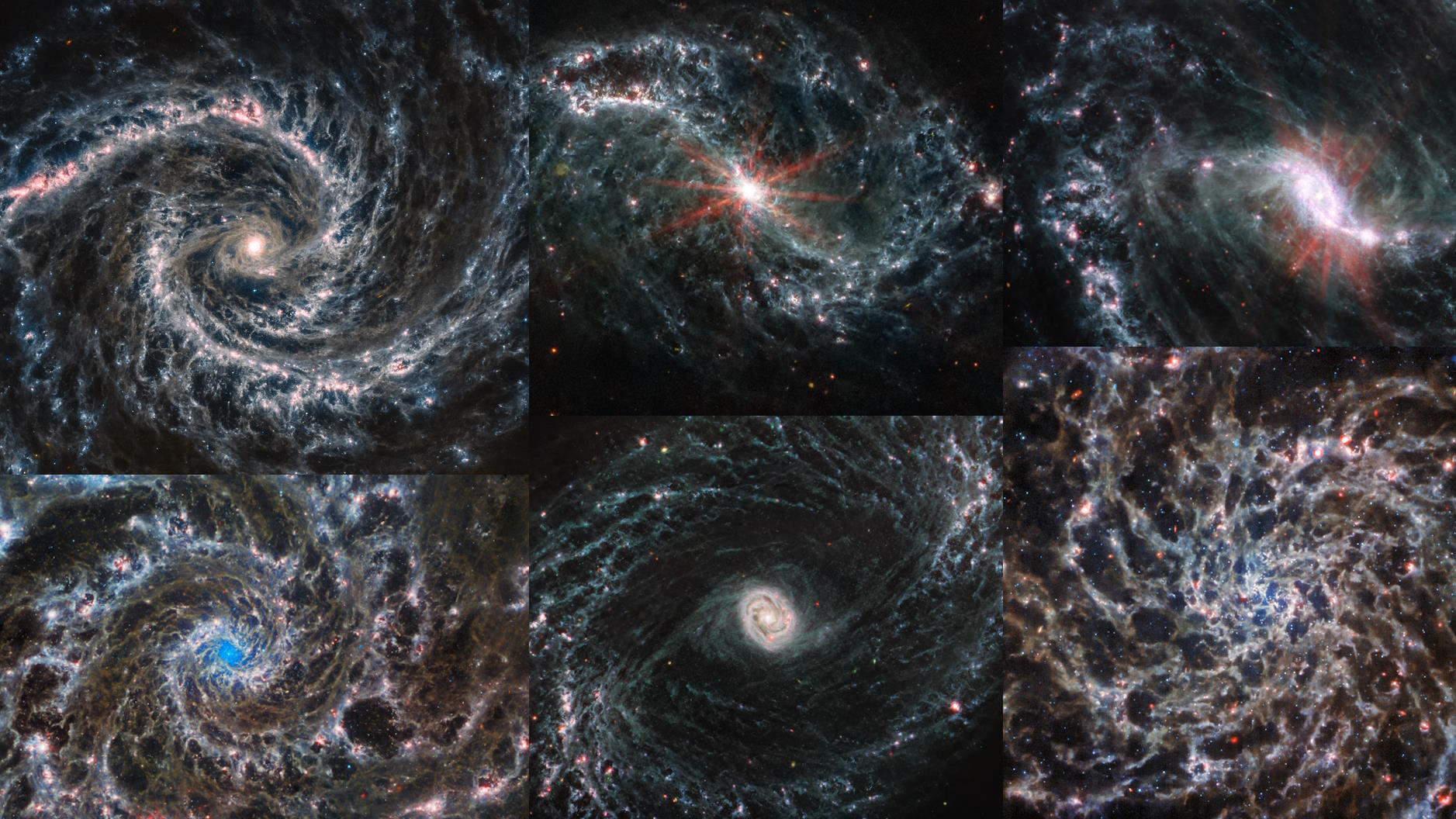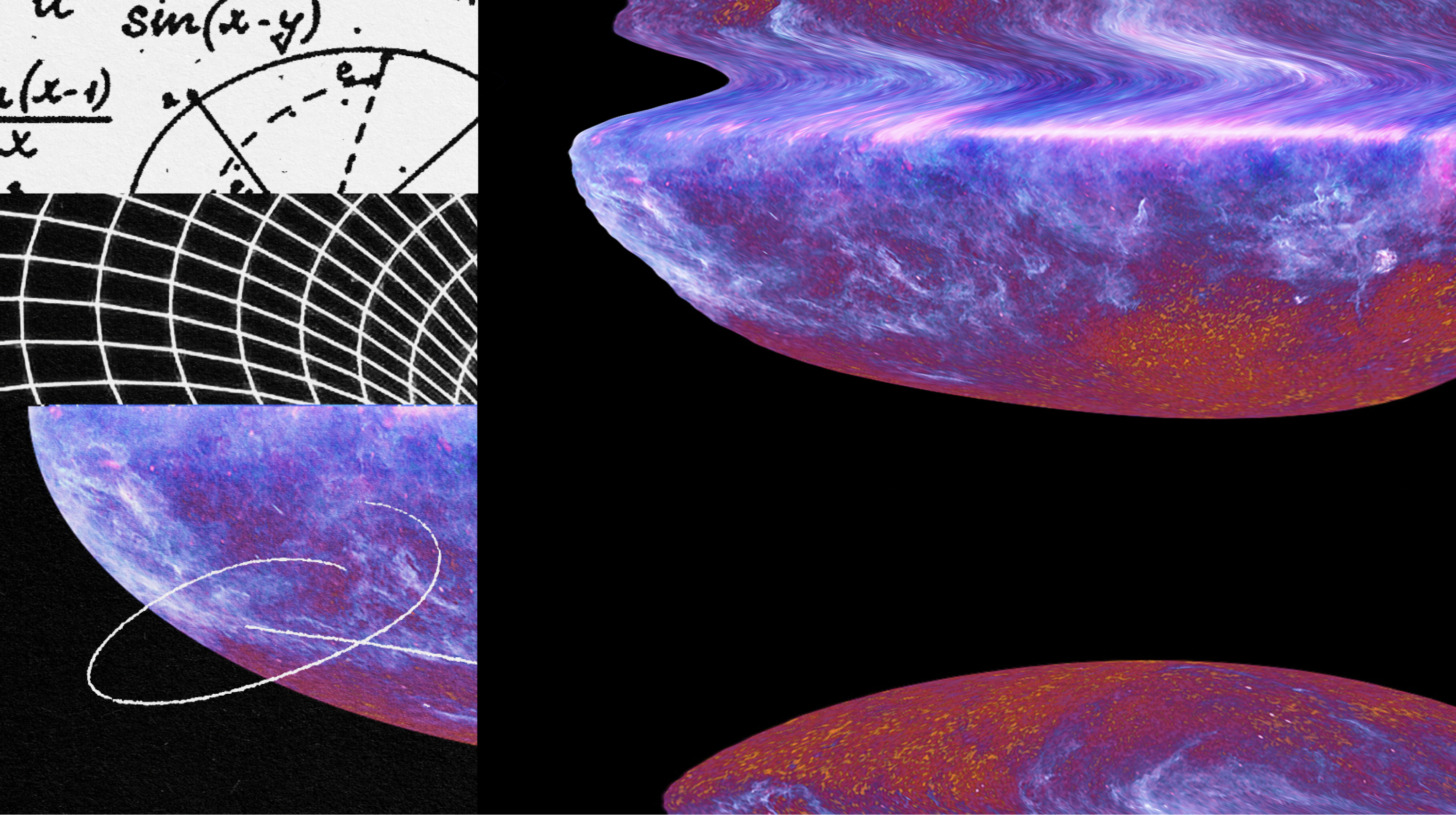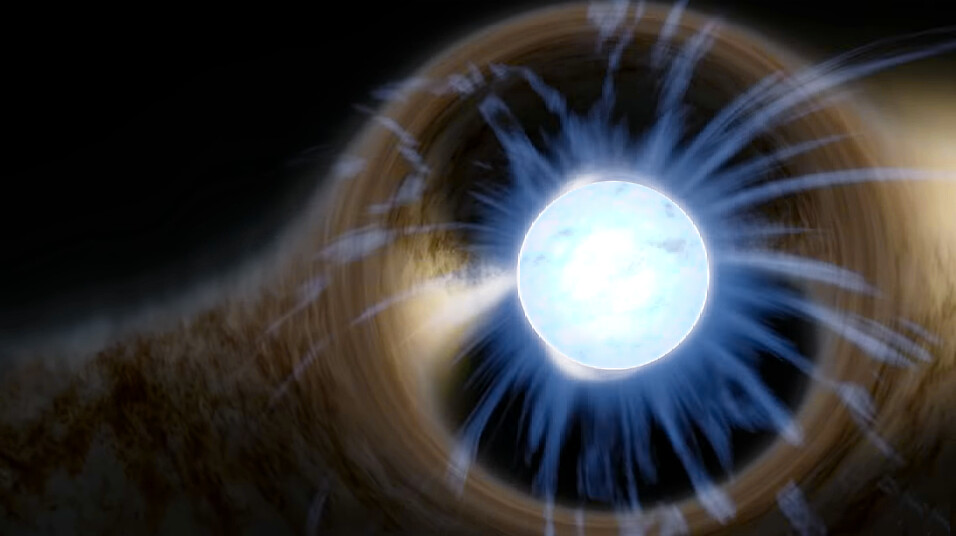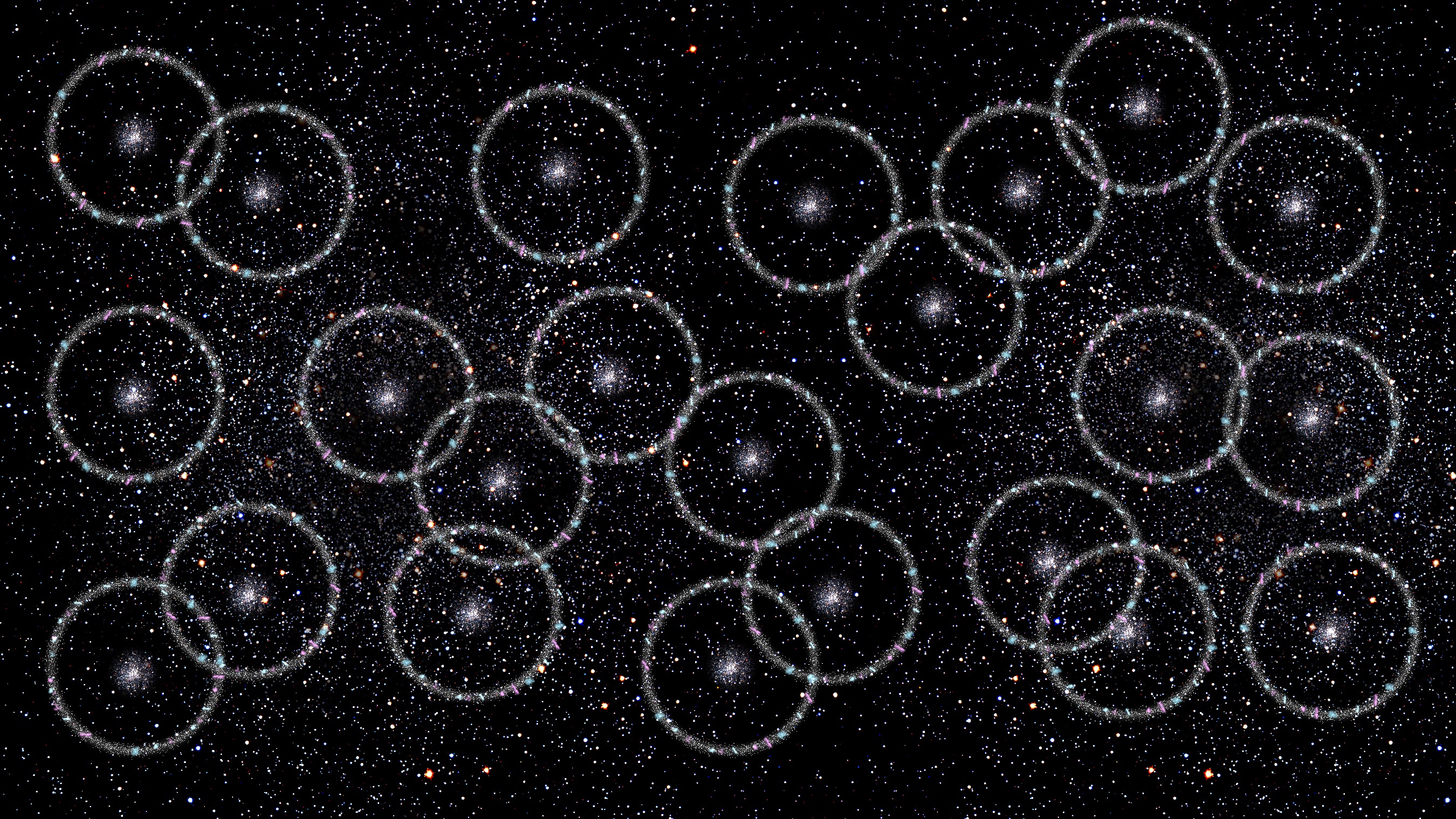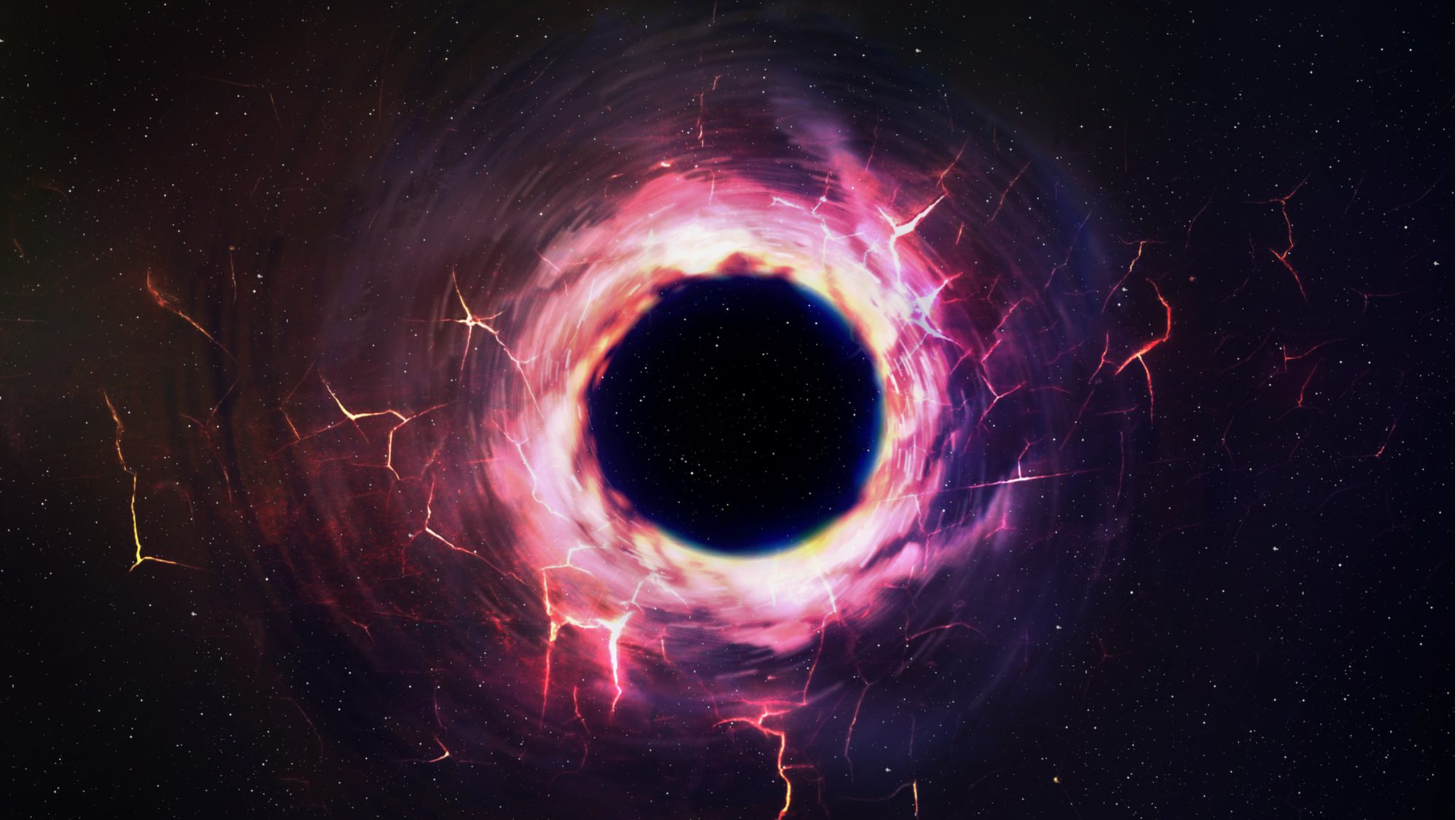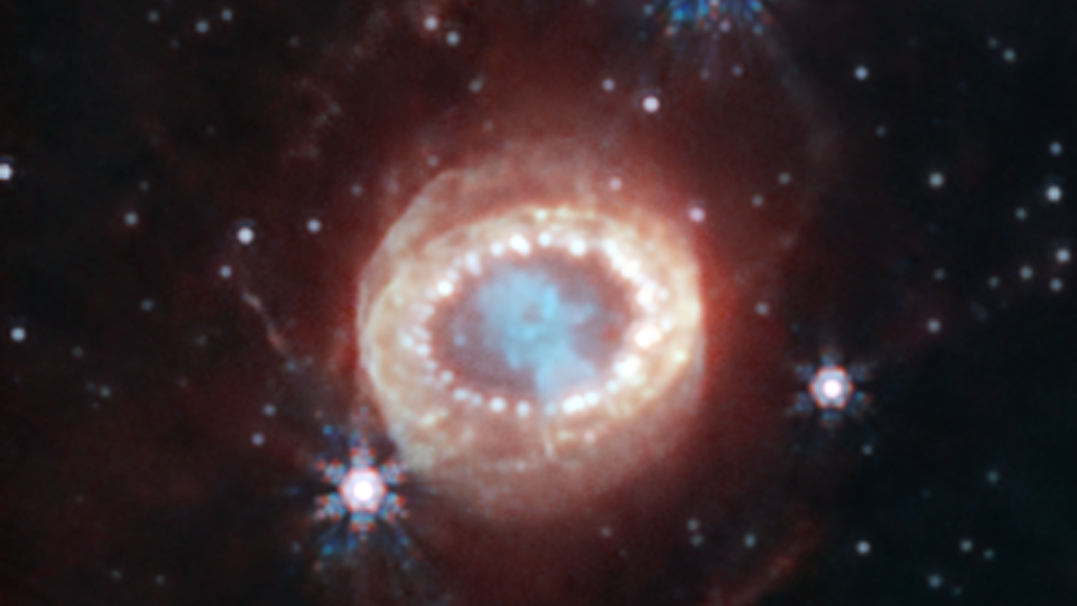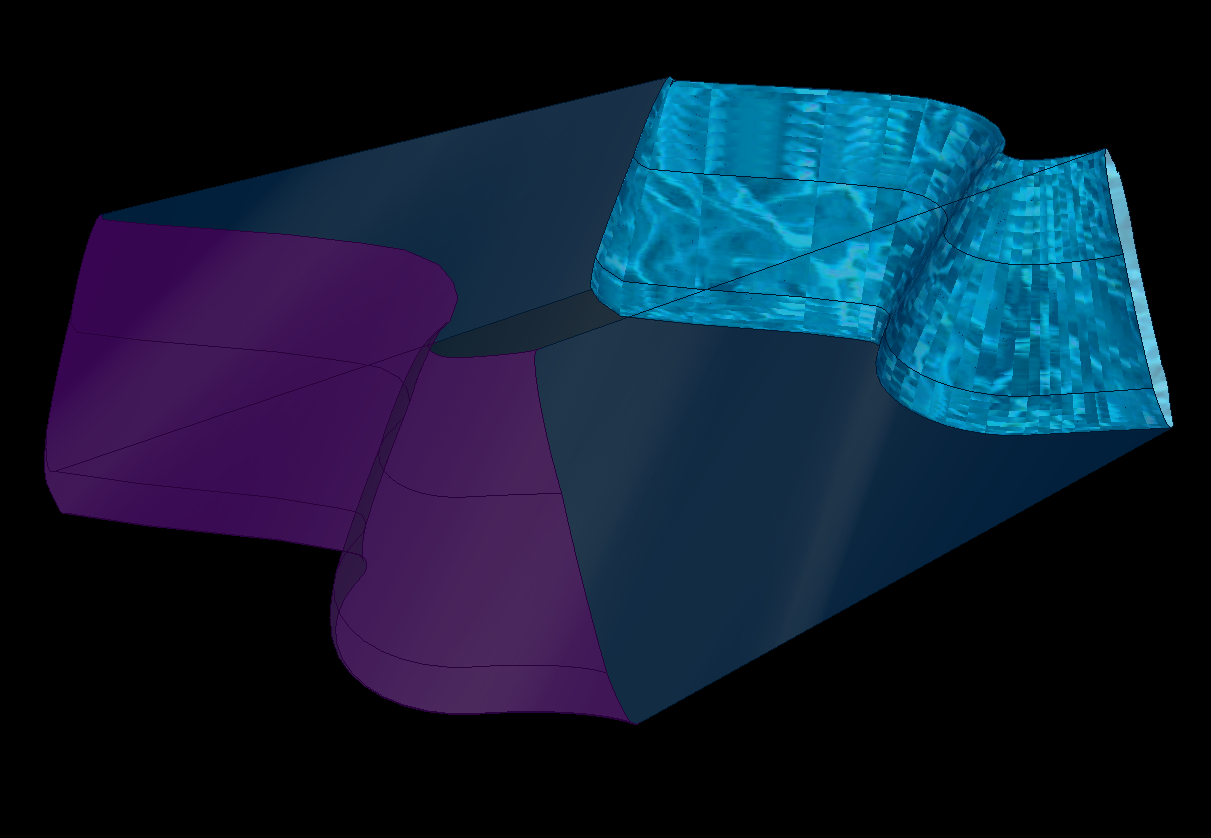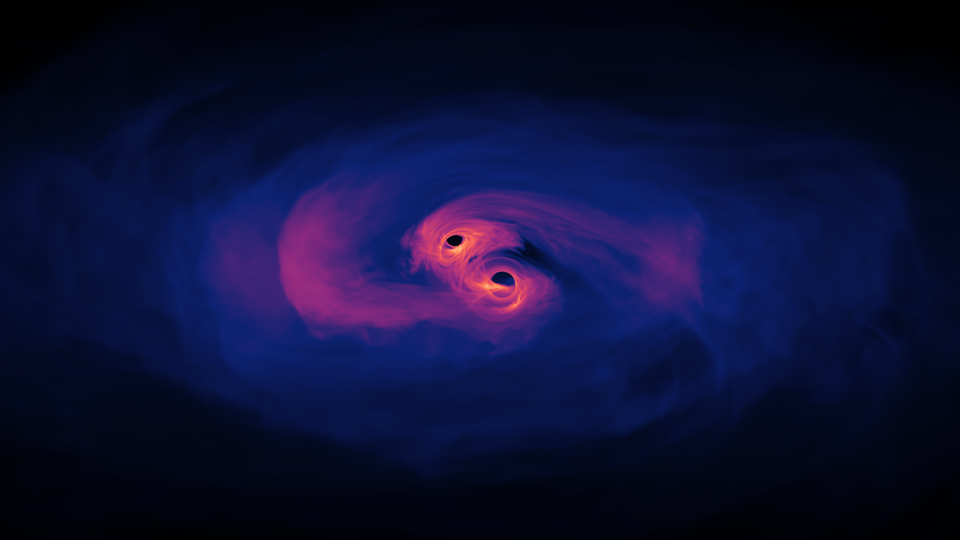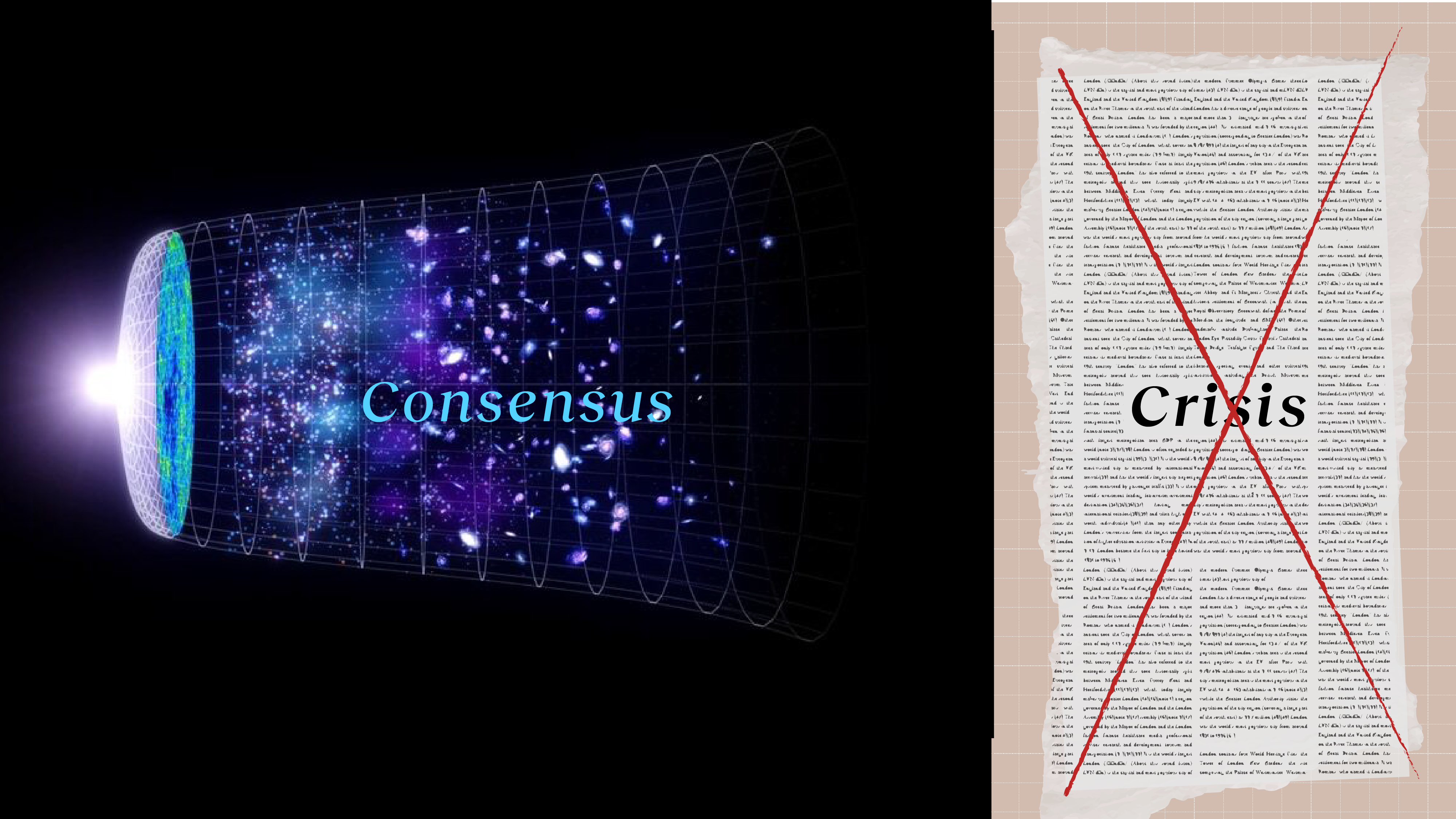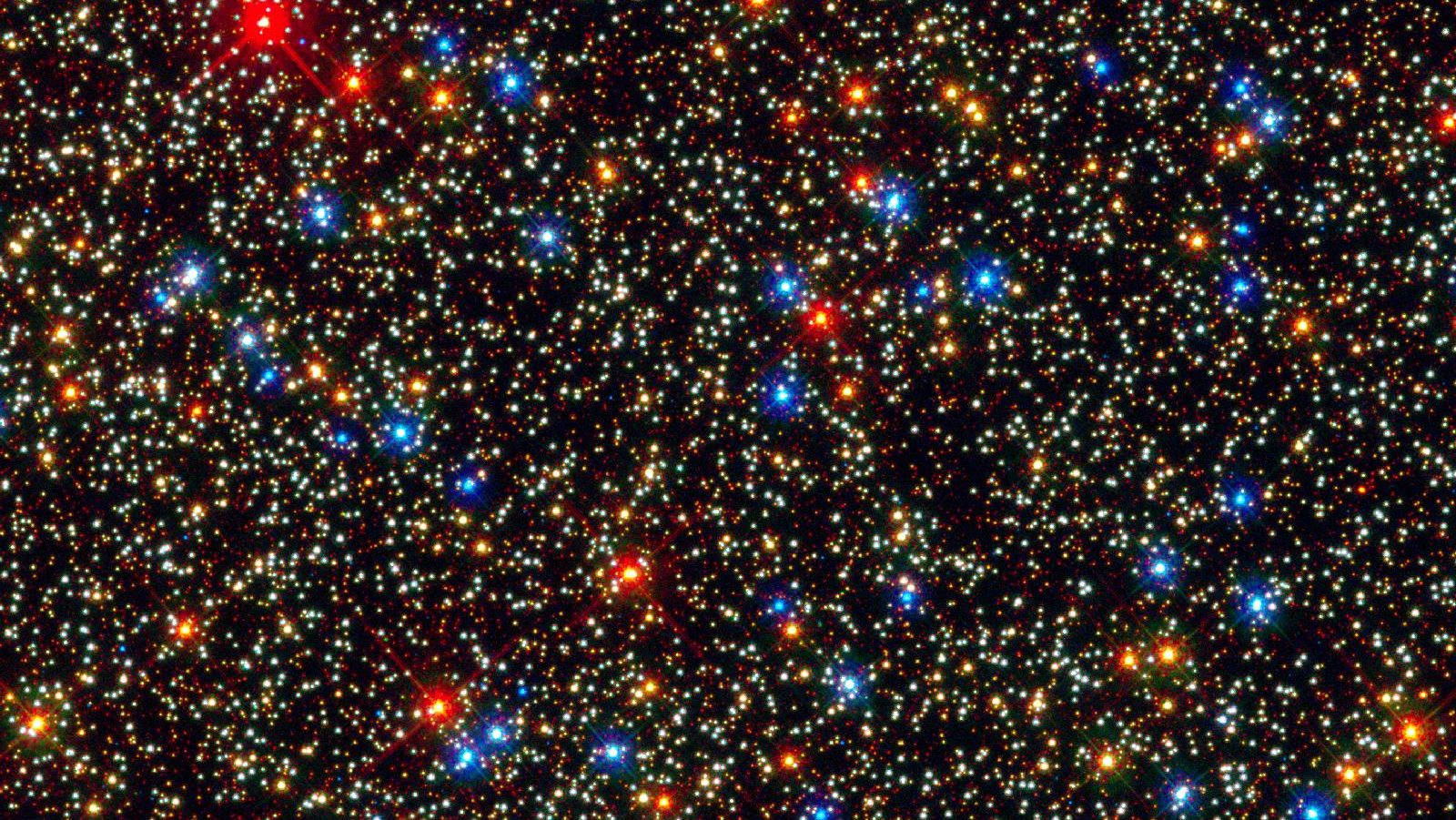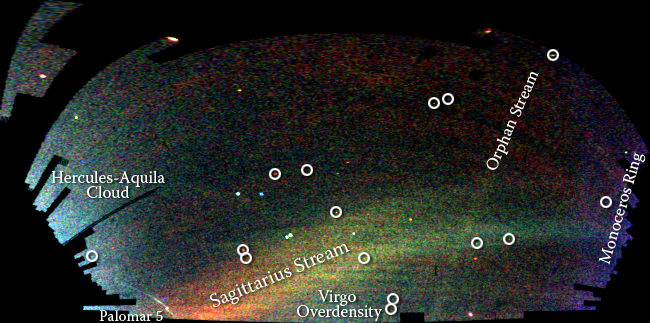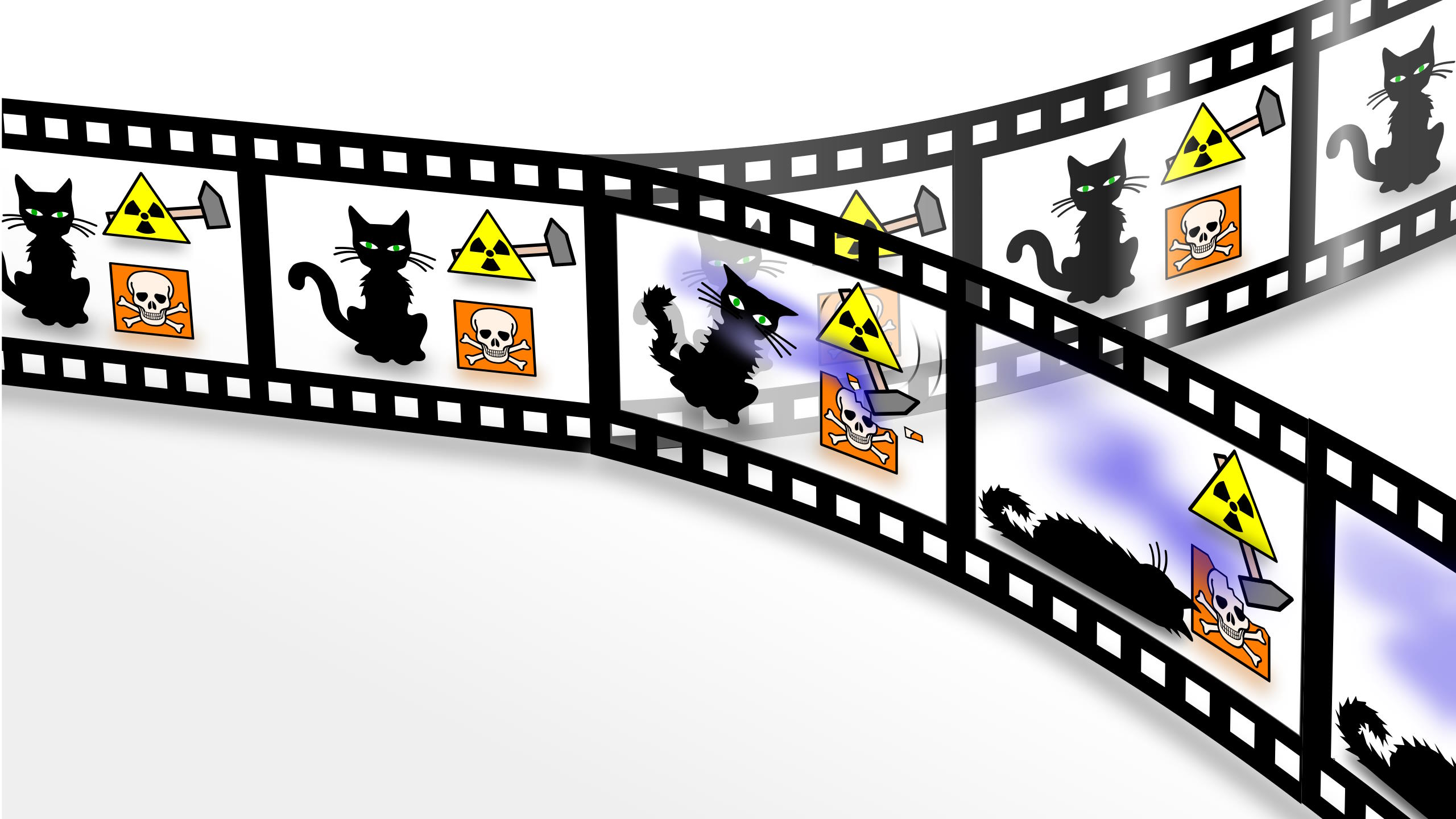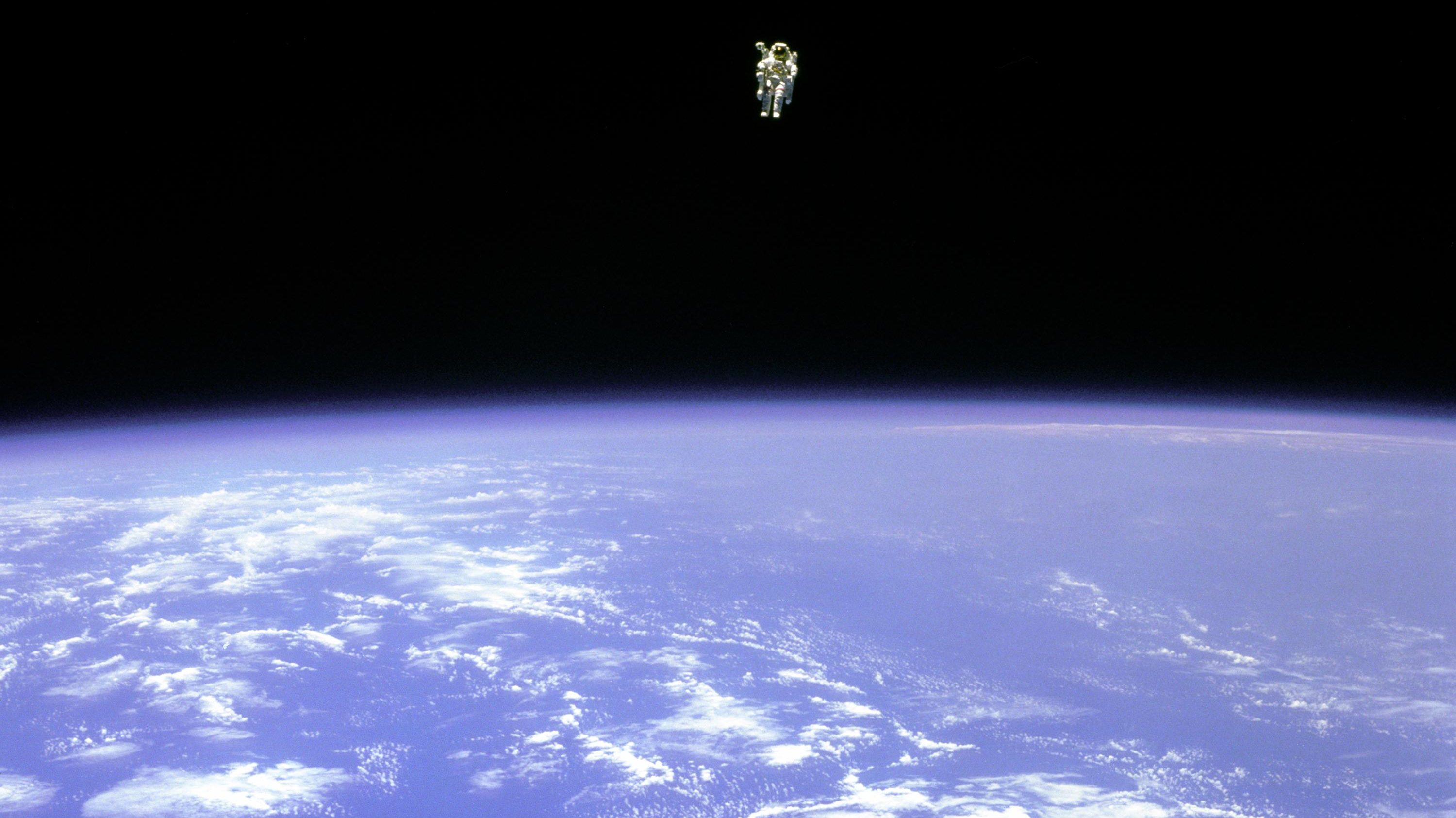Space & Astrophysics
NASA’s Michelle Thaller explains what happens when the densest stars in the galaxy collide.
▸
5 min
—
with
Chemical changes inside Mars’ core caused it to lose its magnetic field. This, in turn, caused it to lose its oceans. But how?
A more distant galaxy liked the lens so much that it went and put a ring on it. Here’s the science behind this remarkable cosmic object.
This measurement is crucial to confirm that one of the assumptions of Einstein’s theory of gravity is valid.
If Einstein couldn’t solve the theory of everything, could anyone? Physicist Michio Kaku explains what it would take.
▸
6 min
—
with
The hot Big Bang was an energetic, brilliantly luminous event. Today’s Universe is alight with stars. But in between, the dark ages ruled.
An enormous amount of antimatter is coming from our galactic center. But the culprit probably isn’t dark matter, but merely neutron stars.
Finding a tiny planet around bright stars dozens or hundreds of light-years from Earth is extremely difficult.
Named “Supernova H0pe,” it shows how JWST plus gravitational lensing can be used to solve the greatest puzzle facing astronomy today.
An annular eclipse is coming to Earth on October 14, 2023. Six months later, a total solar eclipse is headed our way. Here’s the reason why.
How does star-formation, occurring in small regions within galaxies, affect the entire host galaxy that contains it? JWST holds the answers.
Cosmology is unlike other sciences. When our view of the Universe changes, so does our understanding of philosophy and science itself.
Neutrons can be stable when bound into an atomic nucleus, but free neutrons decay away in mere minutes. So how are neutron stars stable?
Scientists may have detected the somewhat smelly chemical dimethyl sulfide on a planet 120 light-years from Earth.
Dark matter hasn’t been directly detected, but some form of invisible matter is clearly gravitating. Could the graviton hold the answer?
When science is a source of spirituality in people’s lives, they feel happy and engaged.
A spherical structure nearly one billion light-years wide has been spotted in the nearby Universe, dating all the way back to the Big Bang.
The matter that creates black holes won’t be what comes out when they evaporate. Will the black hole information paradox ever be solved?
In 1987, the closest supernova directly observed in nearly 400 years occurred. Will a pulsar arise from those ashes? JWST offers clues.
When it comes to predicting the energy of empty space, the two leading theories disagree by a factor of 100 googol quintillion.
The asteroid is expected to come within 140,000 miles of Earth — well inside the moon’s orbit.
Three fundamental forces matter inside an atom, but gravity is mind-bogglingly weak on those scales. Could extra dimensions explain why?
Newton thought that gravitation would happen instantly, propagating at infinite speeds. Einstein showed otherwise; gravity isn’t instant.
Looking at our planet with post-Copernican eyes has the power to change how we relate to it and each other.
There are a few clues that the Universe isn’t completely adding up. Even so, the standard model of cosmology holds up stronger than ever.
With ~400 billion stars in the Milky Way and 6-20 trillion galaxies overall, that makes for a lot of stars. But not as many as you’d think.
Experts say it’s likely space junk—and there’s plenty more where that came from.
The biggest, brightest galaxies are the easiest to spot, but the tiniest ones teach us about how the Milky Way assembled and grew up!
American students are being compelled to specialize earlier and earlier. Here’s what it takes to build a successful physics foundation.
When the average person has a “theory,” they’re just guessing. But for a scientist, a theory is the pinnacle of what we can achieve.

